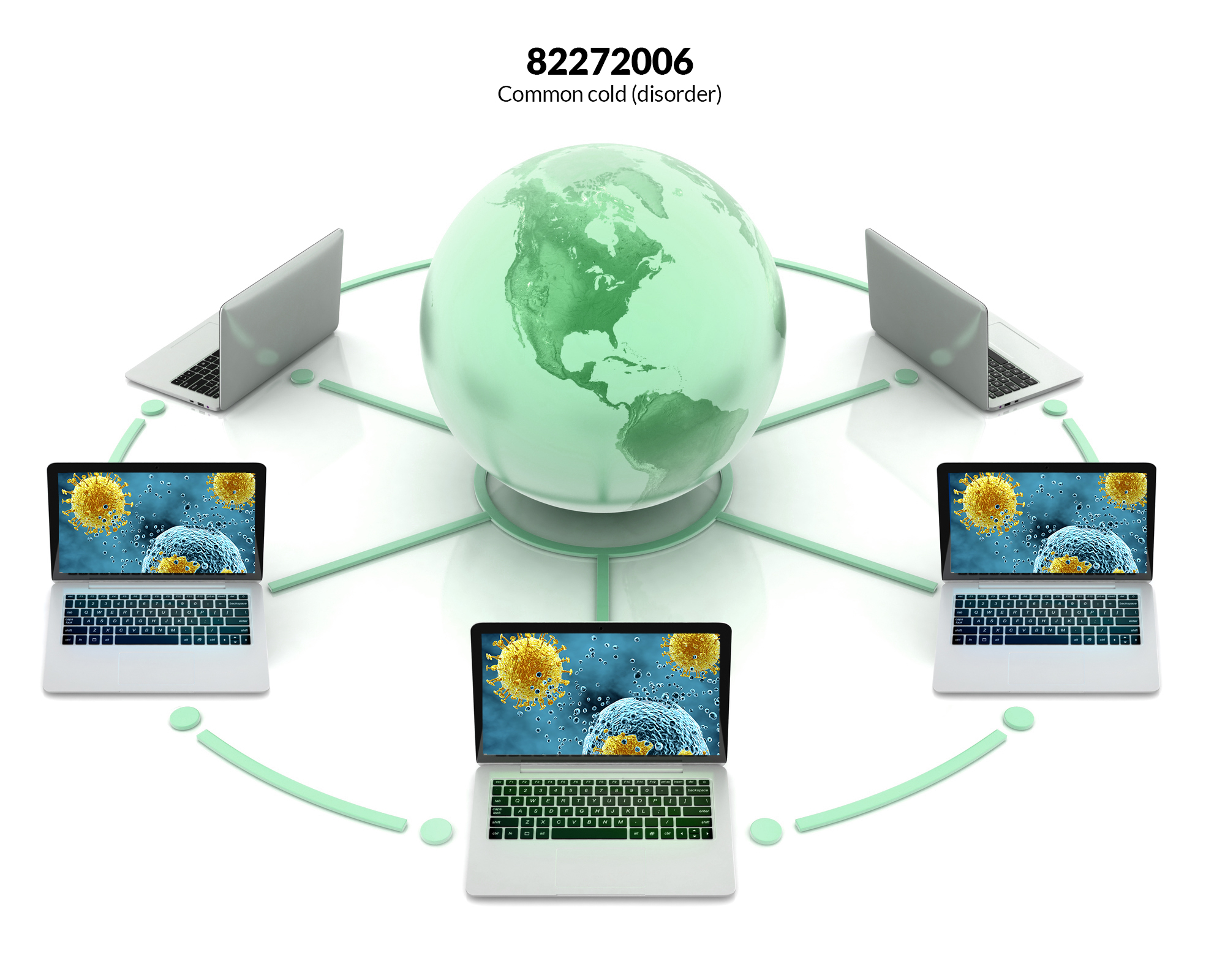Posted on September 25, 2018 by Andrea MacLean
For as long as I have been working in health care, I have been hearing, reading and/or discussing the need for disparate IT and health care solutions to talk to each other — to communicate and share information.
In Canada today, we send thousands upon thousands of communication transactions between various providers and solutions every day, but we still struggle to share information the way we desire because we have not been precise enough in describing the requirements for effective and meaningful systems communication. We tend to send unstructured, non-standardized data or free text. Recognizing that there will always be a need for some free text because health is rarely black or white, we need systems to communicate health information that is clear, concise, contextual and unambiguous in meaning, so that this information can be used:
- By other systems and clinicians to provide a complete, comprehensive and informed view of all the patient’s information
- To create and implement informed wellness, care and treatment plans
- To help ensure access to the right care, procedures, drugs and more
- To assess responses to treatment with evidence
- To help create or improve clinical practice and guidelines
We need access to all this precise information at the right time, on any device, anywhere in this great land of ours, regardless of the communication protocol utilized (HL7 [Health Level-7] messages V2, V3, CDA [Clinical Document Architecture] or FHIR [Fast Healthcare Interoperability Resources]).
Precision medicine needs precision communications, and that requires precision language. Precision language comes with the implementation and use of most appropriate reference terminologies (coded vocabulary designed to provide common meaning for diverse implementations and use), such as SNOMED CT®, to best address the clinical and business requirements.
A reference terminology allows health information to be modelled and encoded so that it is clear, concise, unambiguous, reproducible and computable in any system using the same terminology, using any HL7 communication protocol.

As an example, when a patient observation of “cold” is communicated from one system or application to another using an HL7 message without the use of a reference terminology, the care team that receives the information may be left to wonder:
- Was the patient reporting an issue associated with cold temperature?
- Was the patient feeling cold?
- Did the patient have a cold?
If we send the information using SNOMED CT codes or concept identifiers, others would understand the precise meaning ascribed to the communication of “cold.”

Precision medicine requires precision terminology. Without it, we risk causing harm to our patients if the information is misinterpreted or “lost in translation.”
Infoway is pleased to make medical terminologies such as SNOMED CT, the Canadian version of LOINC (Logical Observation Identifiers Names and Codes), pCLOCD (pan-Canadian LOINC Observation Code Database), and other terminologies available free of charge for use in any system, solution or application.
These terminologies evolve as medicine evolves and they are updated on a regular basis.
So, let’s stop saying that systems need to communicate, and let’s start saying systems need to use reference terminologies.
Because precision matters. Our health depends on it.
To learn more these reference terminologies, please visit InfoCentral, join us at the SNOMED CT Expo in Vancouver, October 18-19, 2018 or contact us at: This email address is being protected from spambots. You need JavaScript enabled to view it..
Have a comment about this post? This email address is being protected from spambots. You need JavaScript enabled to view it..

Andrea MacLean, B.Sc., MLT, is the Director of Interoperability Standards at Canada Health Infoway. In this role she is responsible for Infoway’s National Release Centre for the pan-Canadian Standards: SNOMED CT, pan-Canadian LOINC Observation Code Database (pCLOCD) and HL7. Andrea has over 20 years of Health Care IT implementation experience and has worked extensively with implementing clinical content standards, and standardized and encoded synoptic reporting. Andrea has represented Canada on many International Informatics Committees.

